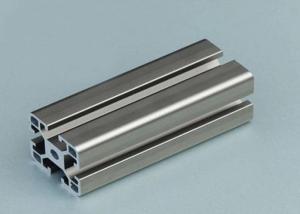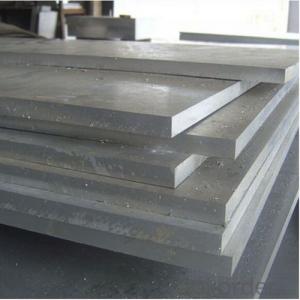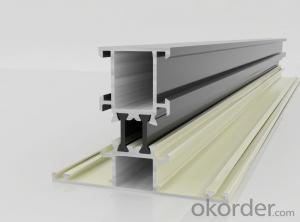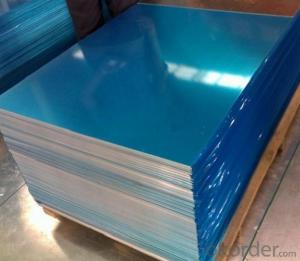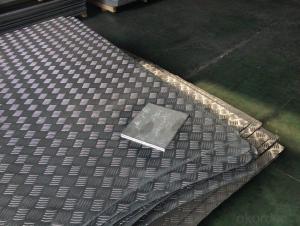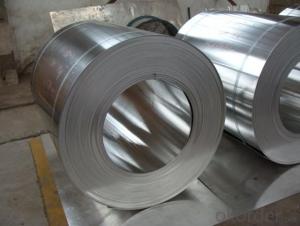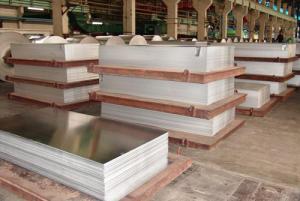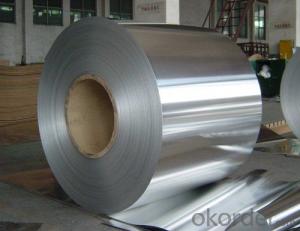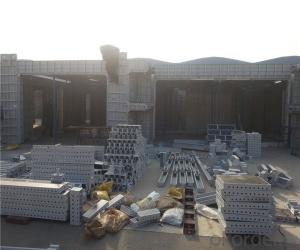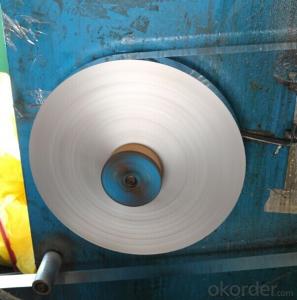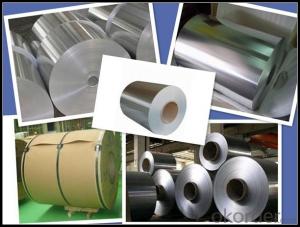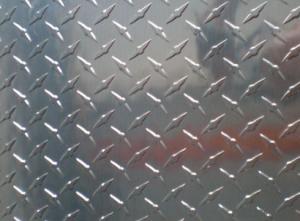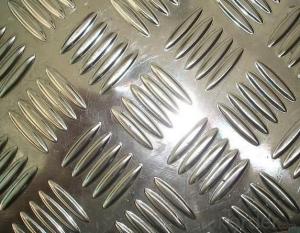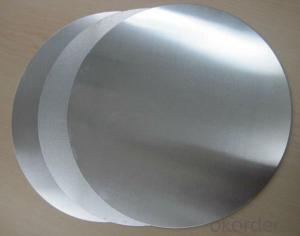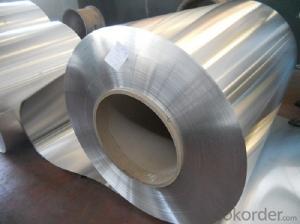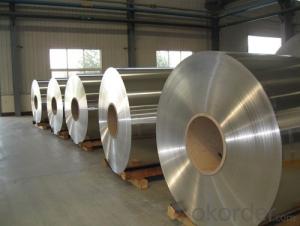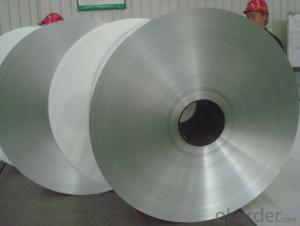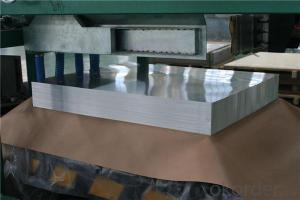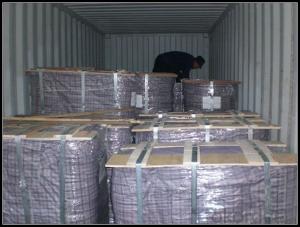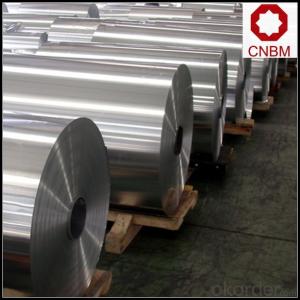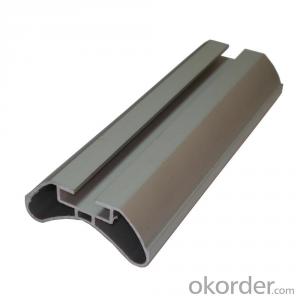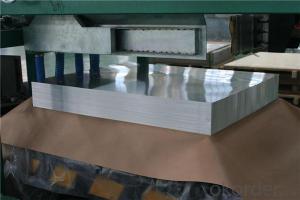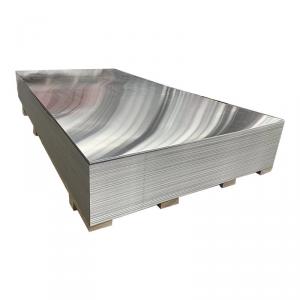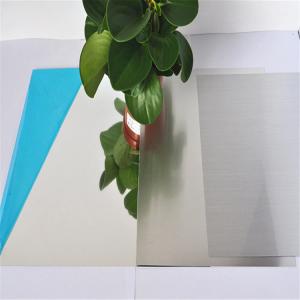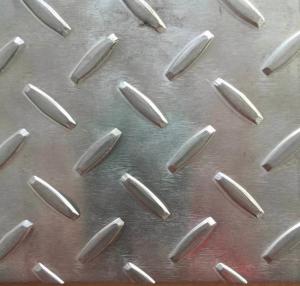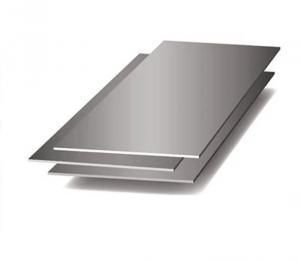6061 Aluminum Diamond Plate
6061 Aluminum Diamond Plate Related Searches
Aluminum 6061 Plate Aluminum Plate 6061 6061 Aluminum Alloy Plate 6061-T6 Aluminum Plate 6061 T6 Aluminum Plate T6061 Aluminum Plate 6061 0 Aluminum Plate 6060 Aluminum Plate 6061 Aluminum Tread Plate Metric 6061 Aluminum Plate Bending 6061 Aluminum Plate 1 4 6061 Aluminum Plate 6061 Aluminum Plate For Sale 1/2 6061 Aluminum Plate 1 2 6061 Aluminum Plate 6061 Aluminum Tooling Plate 6061 Aluminum Plate Price 1/4 6061 Aluminum Plate 6061 Aluminum Plate Suppliers 6063 Aluminum Plate 3/8 6061 Aluminum Plate 6061 T651 Aluminum Plate 6061 Aluminum Plate 1 2 6061-T651 Aluminum Plate Aluminum Plate 6063 6061 Aluminum Plate Thickness 3 8 6061 Aluminum Plate 6063 T6 Aluminum Plate 6061 Aluminum Stock 063 Aluminum Diamond Plate6061 Aluminum Diamond Plate Supplier & Manufacturer from China
6061 Aluminum Diamond Plate is a type of aluminum sheet material characterized by its diamond-shaped pattern on the surface, which provides enhanced traction and durability. This product is made from high-quality 6061 aluminum alloy, known for its excellent strength, corrosion resistance, and workability. It is widely used in various industries, including automotive, aerospace, and construction, where its slip-resistant surface and lightweight properties are highly valued. The 6061 Aluminum Diamond Plate is also popular for applications in flooring, stair treads, and walkways, where safety and performance are paramount.The 6061 Aluminum Diamond Plate is utilized in numerous scenarios where a non-slip surface is required, such as ramps, platforms, and work areas. Its unique design not only improves safety but also adds an aesthetic appeal to the surfaces it covers. This product is also appreciated for its resistance to weathering and its ability to withstand harsh environmental conditions, making it a preferred choice for outdoor applications. Furthermore, the 6061 Aluminum Diamond Plate is easy to install and maintain, contributing to its popularity among professionals and DIY enthusiasts alike.
Okorder.com is a leading wholesale supplier of 6061 Aluminum Diamond Plate, offering a vast inventory to cater to the diverse needs of customers. With a commitment to quality and customer satisfaction, Okorder.com ensures that the 6061 Aluminum Diamond Plate is available in various sizes, thicknesses, and finishes to suit specific project requirements. By partnering with Okorder.com, customers can expect to receive top-notch products at competitive prices, backed by exceptional service and support.
Hot Products




